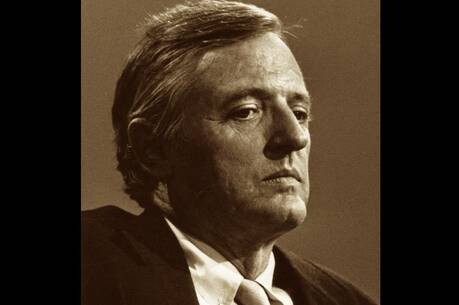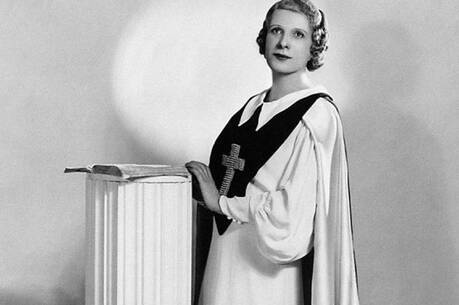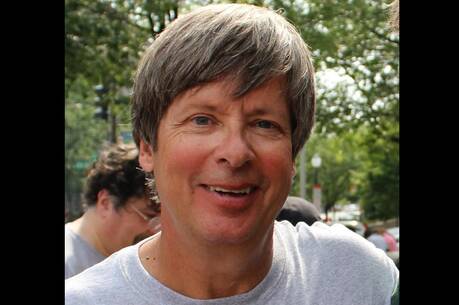Home, Along the Rahway River
As soon as I began to read the very first of these poems by John Hennessy, “Signing the Kills,” I had to get out a map of the New Jersey shore to find where the Rahway River emerges, across from Staten Island and along the Arthur Kill. Then I needed the dictionary to inform me that “kill” is from the Dutch, meaning a stream or channel. The poem itself let me know that “signing” referred to tagging, as with graffiti—that is, leaving one’s mark on bridges and tunnels and the rest.
Local allusions abound in these poems, set mostly on the terrain of Hennessy’s youth. It is not a picturesque country. “Mercks’ brick chimneys” appear half a dozen times, as do “Exxon’s clear blue flames.” The river, with its “chemical greens and floating fish,” and the land, with its spread of “rusting auto parts,” are hardly the scenes of an idyllic growing-up.
We come to know a cast of characters, like the young author’s pals Curtis and Paul (who ended up in a Korean monastery). There is a weird roughneck named Dog-Star Freddy, a scourge to both boys and girls. There is a sexual initiation in which the author gets his nose broken by his irate partner. There is the poet’s father, an inveterate skirt-chaser (“It’s not easy being such a man’s son,” he allows), plus the magical practices of his Catholic mother.
Frankly, it is a bit of a pain to construe these narratives. When a sentence begins, “And Phil Rizzuto’s Holy Cow,” what if you don’t know Rizzuto was the old Yankees announcer and “Holy Cow!” his favorite exclamation? Still, all the offbeat circumstances of these poems are strangely compelling. The fine centerpiece poem, “In the Kills,” pulls all the threads together. The author figures here as a Job, to whom a consoler catalogs all the delights to be tried on the Jersey shore. The unconvinced author can only plead: “Pick up a rifle…for God’s sake, knock me down mid-air.” But he is reminded by God, in a paraphrase of the Book of Job: “Have you conjured kelp from the rivermouth, steelheads/ to swim the canal’s still water, turtles to amble over the car doors/ and batteries?” In a final section called “Settling Up,” God and the author end up resolving differences.
An engrossing poem in Bridge and Tunnel bears the title “Free Union” but in fact is all about “my wife.” She, we are told, is one “Whose eyelids are songs carried hidden in the pocket/ Whose eyebrows are a field of feeding martins/ Whose neck is a forest fire.” In the subtitle, “After Breton,” Hennessy—whose poetry has appeared in The New Republic, The Yale Review and elsewhere—acknowledges his debt to the great French surrealist, but the hyperbolical list of charms also recalls passages in the biblical Song of Songs, where the lovers praise each other’s beauties, with lots of metaphorical stretching.
A number of these poems, occurring away from Hennessy’s home turf, include his slants on Scripture or on Greek mythology, or they are presentations of his more recent home life. In “The Raft of the Medusa,” addressed apparently to his son, he evokes the famous painting by Gericault to describe the boy’s conception, during “two long days and nights...when we took to our bed with honey and biscuits.” The bed had then became “a raft far from the shores of telephone/ or television...floating you into the world, your bulrush basket.” This happened under the sign of “the Water-Bearer,” Aquarius, and presumably on a water bed. In a later poem, “Nicholas, Flying,” the son himself appears. It begins, “Our two-year-old is flying around the house again,” and goes on and on amusingly, with “the setter barking at his feet.”
To sum up, what John Hennessy does in this first collection is, above all, respond to the writer’s imperative: “Plumb the material of your youth. Do not forget where you came from.” From there he proceeds to the wider world and his later life, where we will continue to follow him with interest.
This article also appeared in print, under the headline “Home, Along the Rahway River,” in the July 16, 2007, issue.








